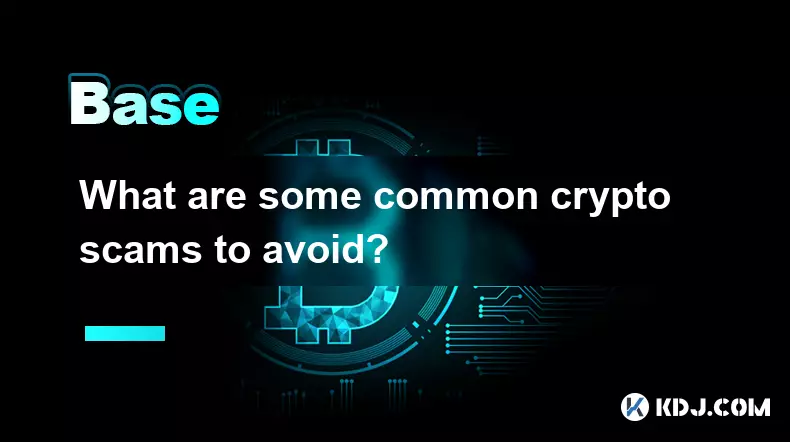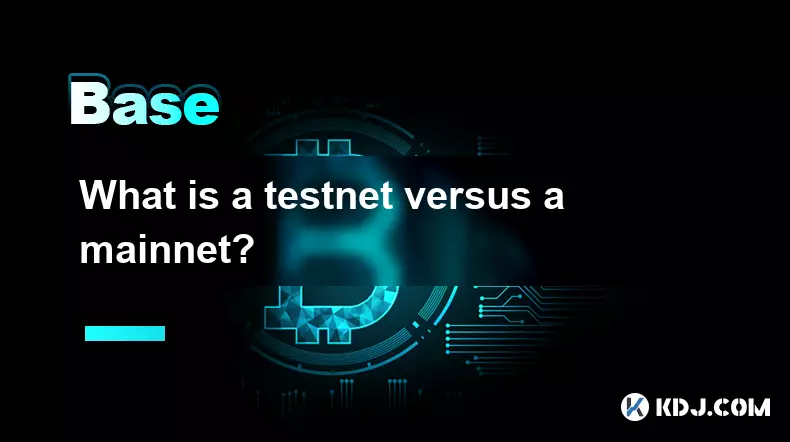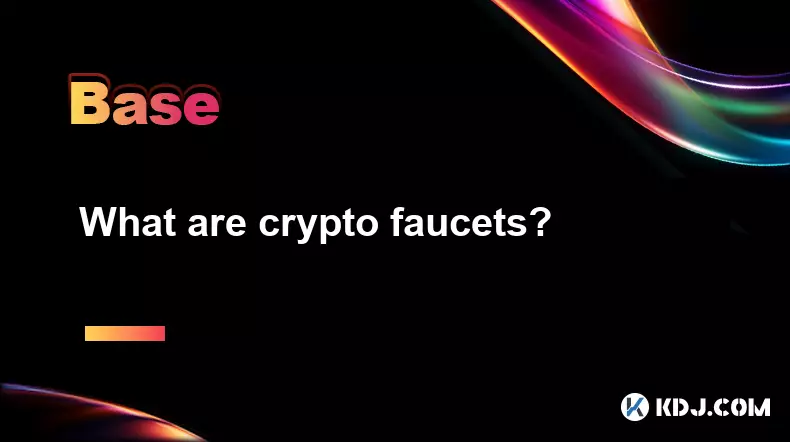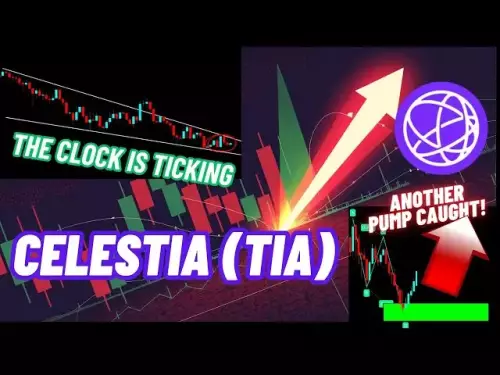-
 Bitcoin
Bitcoin $108400
-0.04% -
 Ethereum
Ethereum $4401
-1.17% -
 Tether USDt
Tether USDt $0.9999
-0.02% -
 XRP
XRP $2.788
-1.01% -
 BNB
BNB $852.8
-0.55% -
 Solana
Solana $199.0
-2.08% -
 USDC
USDC $0.9997
-0.01% -
 Dogecoin
Dogecoin $0.2160
-0.19% -
 TRON
TRON $0.3385
-0.98% -
 Cardano
Cardano $0.8257
0.85% -
 Chainlink
Chainlink $23.37
-0.91% -
 Hyperliquid
Hyperliquid $44.77
1.06% -
 Ethena USDe
Ethena USDe $1.001
0.00% -
 Sui
Sui $3.277
-0.57% -
 Stellar
Stellar $0.3585
0.16% -
 Bitcoin Cash
Bitcoin Cash $545.3
-0.50% -
 Avalanche
Avalanche $23.93
0.28% -
 Cronos
Cronos $0.2792
-3.99% -
 Hedera
Hedera $0.2197
-2.00% -
 UNUS SED LEO
UNUS SED LEO $9.609
0.29% -
 Litecoin
Litecoin $109.6
-1.26% -
 Toncoin
Toncoin $3.133
-0.16% -
 Shiba Inu
Shiba Inu $0.00001229
-0.54% -
 Polkadot
Polkadot $3.784
-0.20% -
 Uniswap
Uniswap $9.596
-1.94% -
 Dai
Dai $0.0000
0.01% -
 Bitget Token
Bitget Token $4.545
-0.26% -
 Monero
Monero $266.5
2.05% -
 Aave
Aave $311.6
-2.74% -
 Ethena
Ethena $0.6363
-4.26%
What are some common crypto scams to avoid?
Fake crypto exchanges mimic legitimate platforms to steal funds—always verify URLs, check regulatory status, and avoid unsolicited links to protect your assets.
Sep 01, 2025 at 06:18 am

Crypto Scams Involving Fake Exchanges
1. Fraudulent platforms often mimic legitimate exchanges by using similar names and logos to deceive users. These fake exchanges lure investors with promises of high returns and low fees. Once users deposit funds, they find it impossible to withdraw their assets. The operators vanish without a trace, leaving victims with no recourse.
2. Some counterfeit exchanges use sophisticated websites with fake volume metrics and user testimonials to appear trustworthy. They may even integrate phishing tools that steal login credentials from unsuspecting traders. Always verify the official URL of an exchange and avoid clicking on ads or social media links that claim to offer exchange services.
3. Regulatory warnings often highlight exchanges operating without proper licensing. Users should cross-check whether an exchange is registered with financial authorities in their jurisdiction. Ignoring this step increases the risk of falling victim to a fraudulent platform.
Phishing Attacks Targeting Wallet Credentials
1. Cybercriminals send deceptive emails or messages that appear to come from reputable wallet providers or exchanges. These messages often contain links to fake login pages designed to harvest private keys or seed phrases. Once obtained, attackers gain full control over the victim's digital assets.
2. Some phishing attempts use urgent language, claiming that the user’s account will be suspended unless they log in immediately. Never enter your wallet credentials on a site reached through an unsolicited message or pop-up window. Always navigate directly to the official website.
3. Malicious browser extensions also pose a threat by injecting fake login forms into legitimate crypto sites. Users should only install extensions from verified sources and routinely audit their installed add-ons for suspicious activity.
Ponzi and Pyramid Schemes Disguised as Crypto Investments
1. These scams promise consistent high returns with little or no risk, often backed by fabricated performance reports. Early investors are paid using funds from new participants, creating the illusion of profitability. When new investments slow down, the scheme collapses.
2. Promoters use social media influencers and referral bonuses to expand their reach. Participants are encouraged to recruit others, earning commissions based on the number of new members they bring in. If the primary source of income is recruitment rather than actual trading or staking, it is likely a pyramid scheme.
3. Projects may issue their own tokens and claim they are backed by proprietary technology or guaranteed profits. Independent audits or verifiable code repositories are usually absent. Investors should demand transparency and technical documentation before committing funds.
Rug Pulls in Decentralized Finance (DeFi)
1. Developers of certain DeFi tokens create hype through social media campaigns and celebrity endorsements. After liquidity pools are filled with investor funds, the team abruptly removes liquidity and disappears. Token value drops to zero almost instantly.
2. Many rug pulls occur on decentralized exchanges where listing requirements are minimal. Tokens with unaudited smart contracts are particularly vulnerable. Always check if a project’s contract has been reviewed by a reputable security firm and whether liquidity is locked for a specified period.
3. Anonymous development teams increase the risk, as there is no accountability. Communities may form around these projects, but moderators are often bots or paid promoters. Genuine projects typically have doxxed team members and active communication channels.
Frequently Asked Questions
How can I verify if a cryptocurrency project is legitimate?Check if the team is publicly identified and has a track record in blockchain development. Look for third-party audits of smart contracts and transparent documentation. Active community engagement and consistent updates are also positive indicators.
What should I do if I sent funds to a scam wallet?Immediately stop any further transactions. Report the incident to relevant authorities and provide transaction details. While recovery is unlikely due to the irreversible nature of blockchain transfers, reporting helps track criminal patterns and warn others.
Are all anonymous crypto projects scams?Not all anonymous projects are fraudulent, but anonymity increases risk. Evaluate the quality of the code, community feedback, and whether funds are held in secure, time-locked contracts. Proceed with caution and avoid large investments.
Can phishing attacks affect hardware wallets?Hardware wallets protect private keys from being exposed online, but phishing can still trick users into approving malicious transactions. Always verify transaction details on the device screen and ensure the connected software is genuine.
Disclaimer:info@kdj.com
The information provided is not trading advice. kdj.com does not assume any responsibility for any investments made based on the information provided in this article. Cryptocurrencies are highly volatile and it is highly recommended that you invest with caution after thorough research!
If you believe that the content used on this website infringes your copyright, please contact us immediately (info@kdj.com) and we will delete it promptly.
- Memecoins September 2025 Watchlist: What's Hot Now?
- 2025-08-31 23:25:15
- Eric Trump Predicts Bitcoin to $1 Million: Hype or Reality?
- 2025-08-31 23:25:15
- BlockDAG: Redefining Scalability and ROI Potential in 2025
- 2025-08-31 23:05:16
- Ozak AI, Altcoins, and 20x Potential: Navigating the Crypto Landscape
- 2025-09-01 00:05:12
- Bonk Price, Solana Meme Coin, and the Rise of Layer Brett: A New Era?
- 2025-08-31 21:25:12
- ETH Transactions Soar, BTC Whale Shifts Gears: Decoding August's Crypto Charts
- 2025-08-31 21:05:16
Related knowledge

What is the halving in Bitcoin?
Aug 30,2025 at 10:18pm
Understanding Bitcoin Halving1. The Bitcoin halving is an event coded into the blockchain’s protocol that reduces the reward miners receive for valida...

What are the different consensus mechanisms in blockchain?
Sep 01,2025 at 03:54pm
Proof of Work and Its Role in Blockchain Security1. Proof of Work (PoW) is one of the earliest and most widely recognized consensus mechanisms, primar...

What is a testnet versus a mainnet?
Aug 30,2025 at 06:54pm
Understanding the Role of Testnets in Blockchain Development1. A testnet serves as a parallel blockchain environment designed specifically for develop...

What are some common crypto scams to avoid?
Sep 01,2025 at 06:18am
Crypto Scams Involving Fake Exchanges1. Fraudulent platforms often mimic legitimate exchanges by using similar names and logos to deceive users. These...

What are crypto faucets?
Aug 30,2025 at 08:10am
Understanding Crypto Faucets1. Crypto faucets are online platforms that distribute small amounts of cryptocurrency to users for completing simple task...

What are privacy coins?
Aug 30,2025 at 06:18am
Understanding Privacy Coins in the Cryptocurrency Ecosystem1. Privacy coins are a category of cryptocurrencies specifically designed to enhance transa...

What is the halving in Bitcoin?
Aug 30,2025 at 10:18pm
Understanding Bitcoin Halving1. The Bitcoin halving is an event coded into the blockchain’s protocol that reduces the reward miners receive for valida...

What are the different consensus mechanisms in blockchain?
Sep 01,2025 at 03:54pm
Proof of Work and Its Role in Blockchain Security1. Proof of Work (PoW) is one of the earliest and most widely recognized consensus mechanisms, primar...

What is a testnet versus a mainnet?
Aug 30,2025 at 06:54pm
Understanding the Role of Testnets in Blockchain Development1. A testnet serves as a parallel blockchain environment designed specifically for develop...

What are some common crypto scams to avoid?
Sep 01,2025 at 06:18am
Crypto Scams Involving Fake Exchanges1. Fraudulent platforms often mimic legitimate exchanges by using similar names and logos to deceive users. These...

What are crypto faucets?
Aug 30,2025 at 08:10am
Understanding Crypto Faucets1. Crypto faucets are online platforms that distribute small amounts of cryptocurrency to users for completing simple task...

What are privacy coins?
Aug 30,2025 at 06:18am
Understanding Privacy Coins in the Cryptocurrency Ecosystem1. Privacy coins are a category of cryptocurrencies specifically designed to enhance transa...
See all articles

























































































